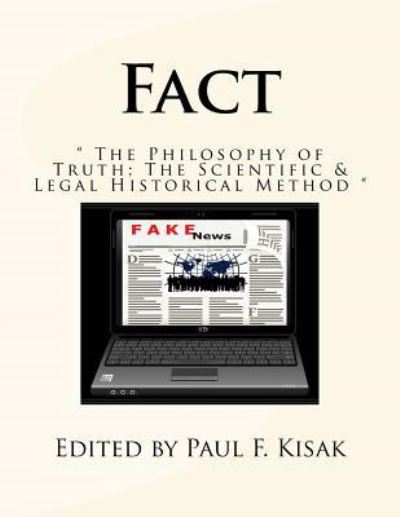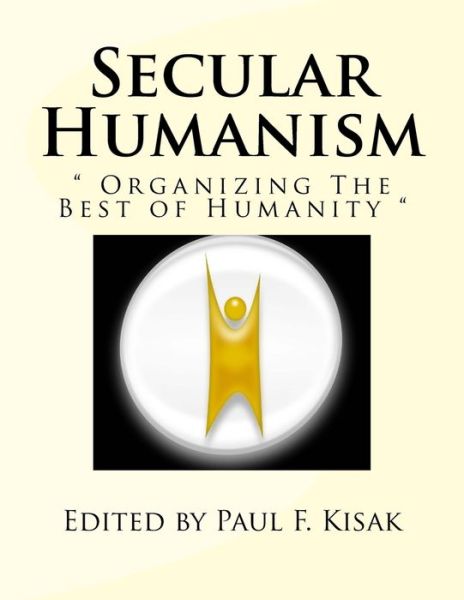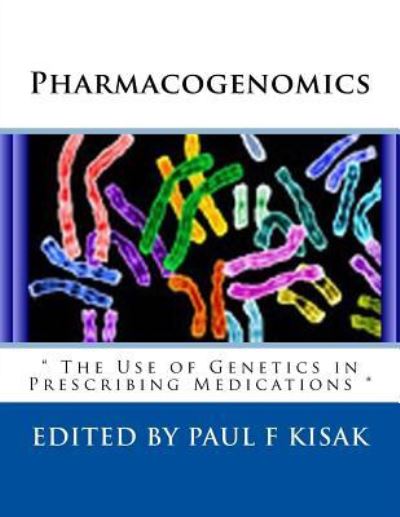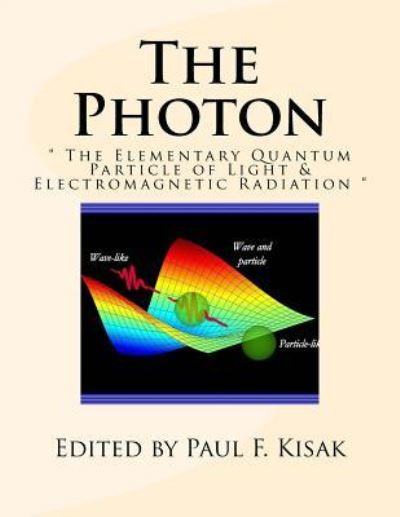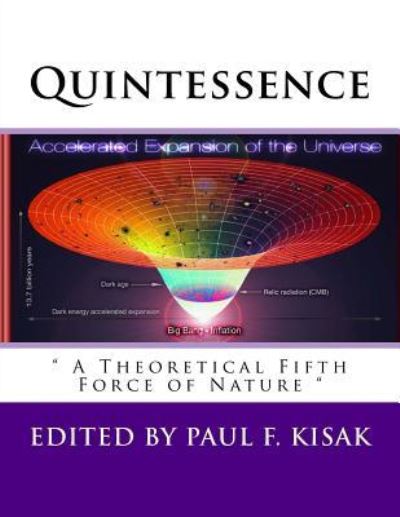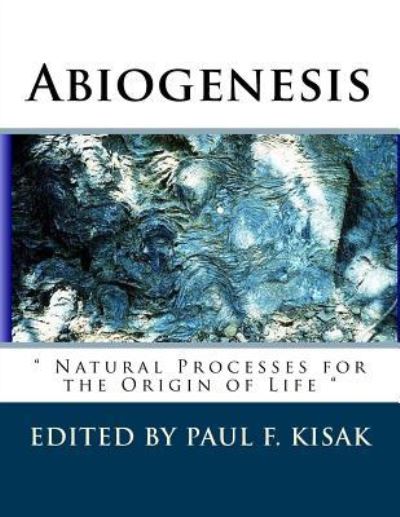
Tell your friends about this item:
Abiogenesis
Paul F Kisak
Abiogenesis
Paul F Kisak
Abiogenesis has become a maturing field of study as an alternative to the creationist or intelligent design theory of the origin of life on earth. Abiogenesis, Biopoiesis or OoL (Origins of Life), is the natural process of life arising from non-living matter, such as simple organic compounds. It is thought to have occurred on Earth between 3.8 and 4.1 billion years ago. Abiogenesis is studied through a combination of laboratory experiments and extrapolation from the characteristics of modern organisms, and aims to determine how pre-life chemical reactions gave rise to life on Earth. The study of abiogenesis involves geophysical, chemical, and biological considerations, with more recent approaches attempting a synthesis of all three. Many approaches investigate how self-replicating molecules, or their components, came into existence. It is generally thought that current life on Earth is descended from an RNA world, although RNA-based life may not have been the first life to have existed. The classic Miller-Urey experiment and similar research demonstrated that most amino acids, the basic chemical constituents of the proteins used in all living organisms, can be synthesized from inorganic compounds under conditions intended to replicate those of the early Earth. Various external sources of energy that may have triggered these reactions have been proposed, including lightning and radiation. Other approaches ("metabolism-first" hypotheses) focus on understanding how catalysis in chemical systems on the early Earth might have provided the precursor molecules necessary for self-replication. Complex organic molecules have been found in the Solar System and in interstellar space, and these molecules may have provided starting material for the development of life on Earth. The panspermia hypothesis alternatively suggests that microscopic life was distributed to the early Earth by meteoroids, asteroids and other small Solar System bodies and that life may exist throughout the Universe. Given the revised and more accurate models of "The Drake Equation" and the knowledge gained on the Tardigrade species, it is very probable that some simple form of life has been deposited on earth via asteroids, meteorites or some similar phenomena. It is speculated that the biochemistry of life may have begun shortly after the Big Bang, 13.8 billion years ago, during a habitable epoch when the age of the universe was only 10 to 17 million years. The panspermia hypothesis therefore answers questions of where, not how, life came to be; it only postulates that life may have originated in a locale outside the Earth. Currently, Earth remains the only place in the Universe observed to harbor life, and fossil evidence from the Earth supplies most studies of abiogenesis. The age of the Earth is about 4.54 billion years; the earliest undisputed evidence of life on Earth dates from at least 3.5 billion years ago. According to one of the researchers, "If life arose relatively quickly on Earth ... then it could be common in the universe."This book discusses the various methods and Evidence for the development of life on Earth by natural means. This book is designed to be a reference and provide an overview of the topic and give the reader a structured knowledge to familiarize yourself with the topic at the most affordable price possible. The accuracy and knowledge is of an international viewpoint as the edited articles represent the inputs of many knowledgeable individuals and some of the most current knowledge on the topic, based on the date of publication.
| Media | Books Paperback Book (Book with soft cover and glued back) |
| Released | August 12, 2016 |
| ISBN13 | 9781537072906 |
| Publishers | Createspace Independent Publishing Platf |
| Pages | 180 |
| Dimensions | 216 × 279 × 10 mm · 430 g |
| Language | English |











